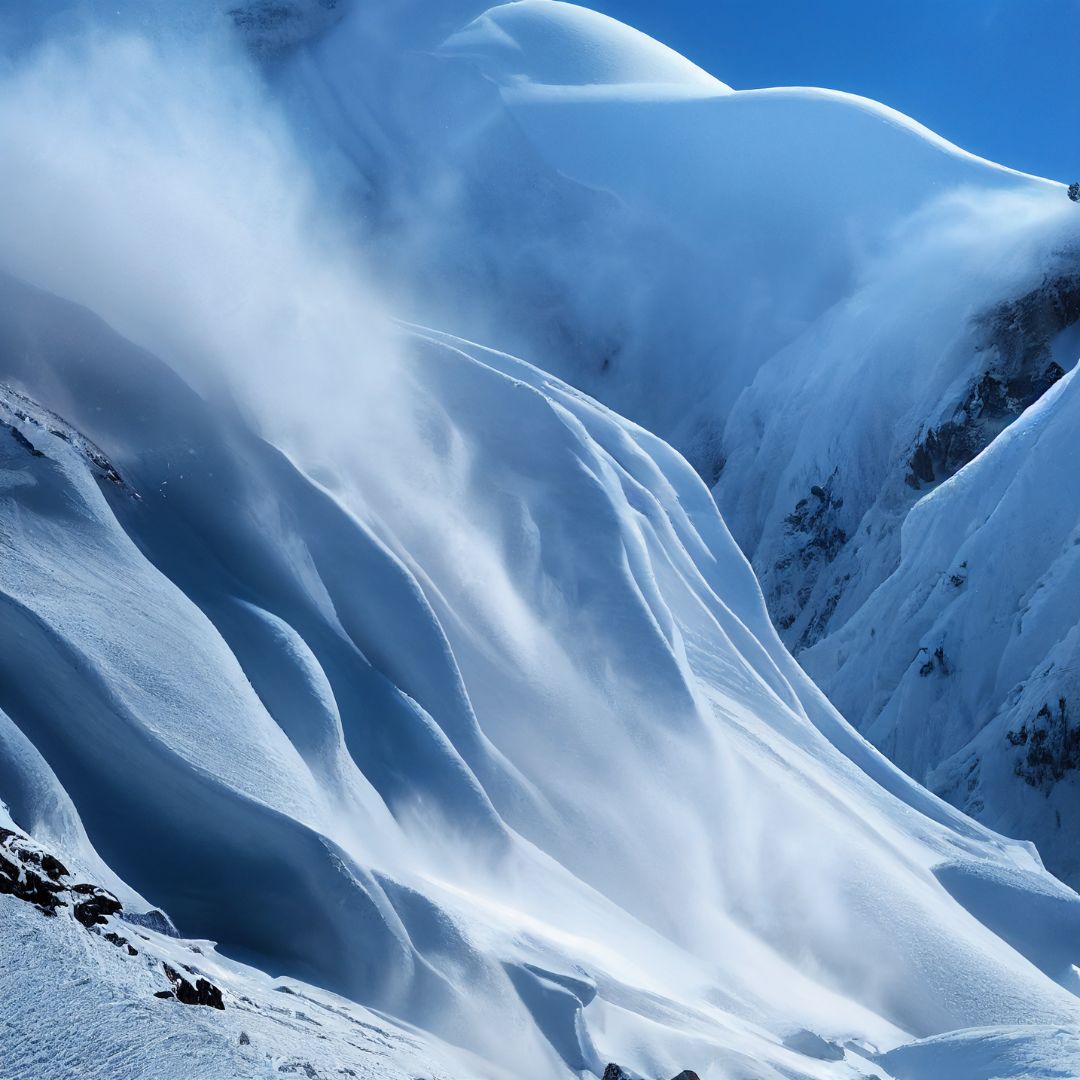Checking the snow and avalanche situation in the Alps is essential if you are planning to visit the region, especially for skiing, snowboarding or other winter activities. To stay informed about current conditions and avalanche risks, you can follow these steps:

Official websites and apps: Many Alpine countries and regions have official websites and mobile apps that provide up-to-date information on snow conditions and avalanche forecasts. Here are some examples:
Avalanche warnings in Switzerland: The Swiss Federal Institute for Forest, Snow and Landscape Research (WSL) provides avalanche bulletins and forecasts on its website (Link) and via the SLF avalanche app.
Avalanche warnings in France: The French National Association for the Study of Snow and Avalanches (ANENA) provides avalanche bulletins and information on their website (Link).
Avalanche warnings in Austria: The Austrian Avalanche Warning Service (LWD) provides avalanche reports and updates on their website (Link).
Local tourism websites: You can also check the official tourism websites for specific alpine regions or ski resorts. These sites often provide snow and avalanche information, as well as weather forecasts.
Weather apps: Popular weather apps such as The Weather Channel, Link or local weather apps for your specific country or region may include snowfall and avalanche risk information.
Avalanche safety centres: Some areas have physical avalanche safety centres or offices where you can get personalised information, brochures and advice on current conditions. These centres are usually located in or near major ski resorts.
Mountain guides and local experts: If you’re planning to venture into the backcountry or off-piste, it’s a good idea to consult with local guides and experts who are familiar with current conditions and can provide safety advice.
Avalanche transceivers and safety equipment: If you’re planning to go into avalanche prone areas, it’s important to carry avalanche safety equipment, including an avalanche transceiver, probe and shovel, and know how to use them. You should also consider taking an avalanche safety course to learn about avalanche awareness and rescue techniques.
Stay informed daily: Avalanche conditions can change quickly due to weather and other factors. Make it a daily habit to check the avalanche forecast and weather conditions before heading into the mountains.
Remember that safety should always be your first priority when dealing with snow and avalanches. If you are not experienced in assessing avalanche risk or are unsure of conditions, it is best to stick to marked and groomed slopes or hire a qualified mountain guide for backcountry adventures. Avalanche safety is a serious matter and being well informed can help ensure a safe and enjoyable experience in the Alps.
